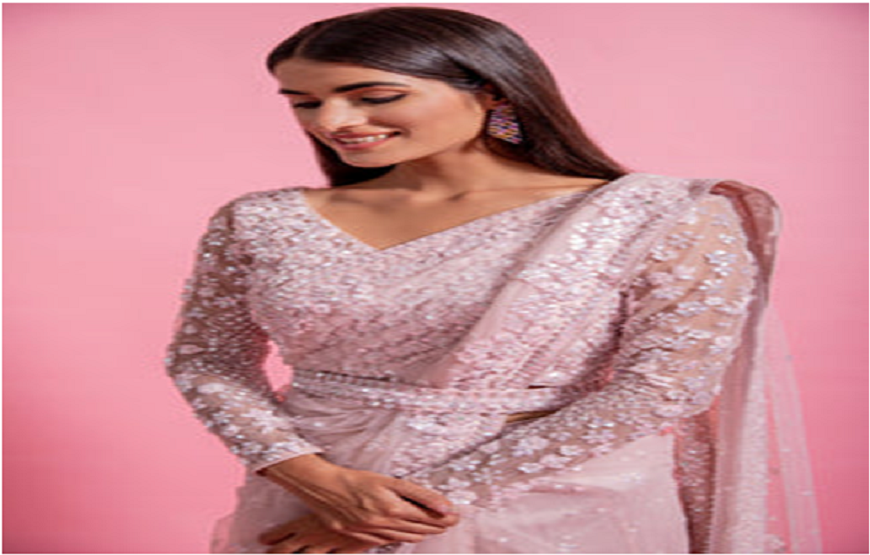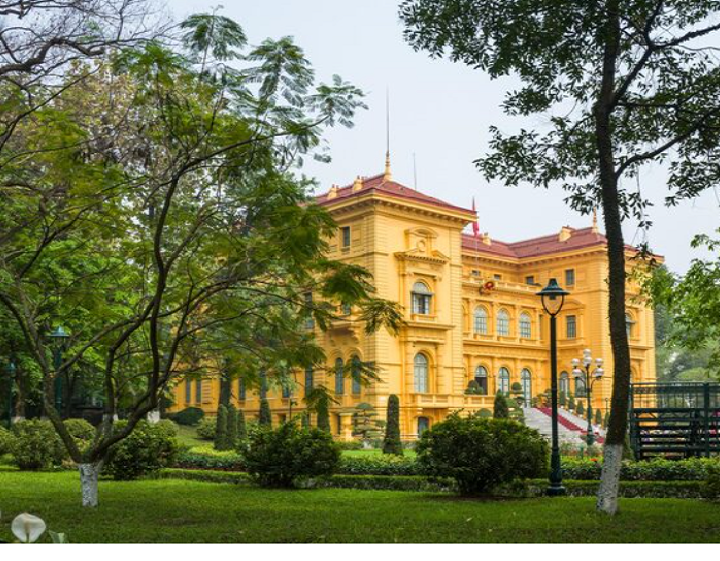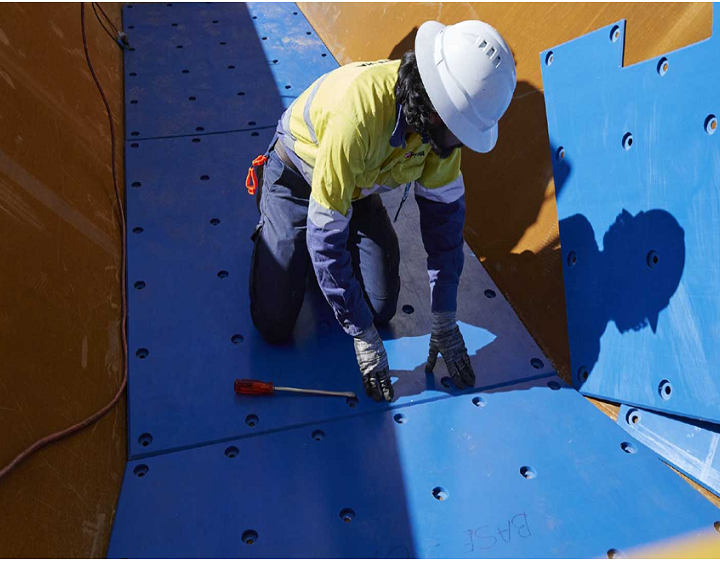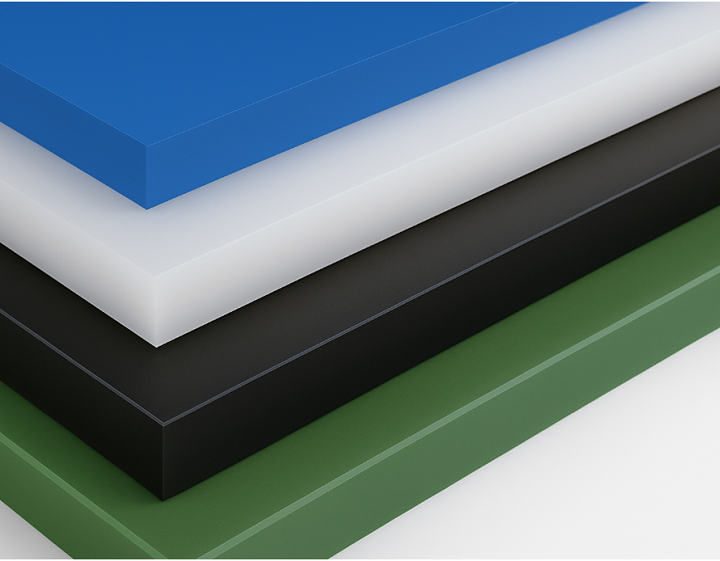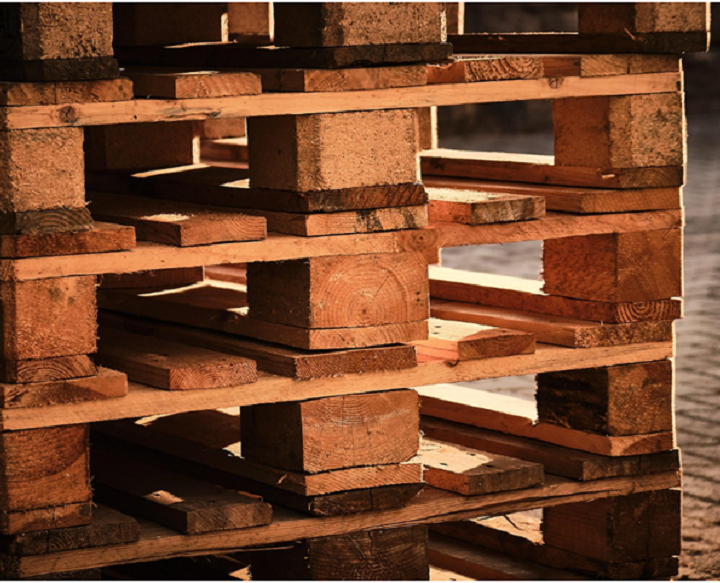The saree has evolved into a much-coveted, glamorous, and sensual dress worn by stunning women across the globe after having withstood countless centuries of transformations, invasions, colonizations, & globalization. The Sari imparts a feeling of richness, grace, beauty, and femininity to a woman unlike anything other. The Sari is a dress that enhances the feminine figure and, when draped well, may also be used to conceal minor flaws. A saree will draw attention if worn on a red carpet, at a family birthday, or at a workplace party. For every event, there is a trendy saree. When a lady wears a saree, she feels gorgeous, lovely, and unique—like a princess.
The most adaptable clothing is undoubtedly the saree.
The same saree may be worn in several ways, paired with various blouses and even bottoms, and ornamented differently. Sarees are available in multiple materials, colors, patterns, designs, and other embellishments, and one may have an incredibly diverse wardrobe with only a few sarees.
In essence, a saree is a drape.
A long, embellished, unstitched drape. It has a great deal of promise as a result. It works regardless of how it is draped. Additionally, it provides designers with a tonne of latitude and creative possibilities. With the same item of clothing, the person might also have several appearances. The Drape has existed for centuries, but its techniques and styles have altered and developed to fit contemporary fashions. They continue to change and adapt without altering the Drape’s fundamental grace and feminine sensitivity.
Several factors explain why sarees have persisted as a fashion item for many years.
It is flexible.
The saree may be draped or worn in various ways, as many diverse draping techniques as there are in Indian states exist. There is the Gujarati draped style, Rajasthani draped style, the Bengali and the Maharashtrian saree draping style, various styles from the South, etc. Read this post to find out numerous ways to drape a saree. Sari Magnetic Clips and the Sari Pleat Maker make drapery simple. One may experiment with fresh approaches in addition to the usual ones. Even traditional identification fashions may be worn now with a modern touch.
It appeals to the senses and is attractive.
The saree is the only piece of clothing that looks as good on women. The Drape’s mobility gives the wearer a highly feminine and seductive look.
For all circumstances
Whether it’s a business party, celebration, wedding, date night, or get-together with pals, there is a saree for practically any event. The saree may be adorned differently to seem either festive or relaxed.
Glowing factor
Wearing a saree makes one feel regal and unique, like a queen. The saree is lavish.
Variety
It is available in various colors, works, and styles and may be worn with multiple blouse types.
Designers continually rework & reinvent it, preserving the inherent grace while giving it a more modern feel. And the factors above are also among the reasons why and how the saree has caught the attention of many women from outside India, as well as its possible to become an internationally recognized fashion item, similar to maybe denim or evening gowns.
They compiled a list of the top 10 sarees you must have in your closet to make dressing this traditional garment easier.
Tanchoi banarasi sari.
The Tanchoi brocade’s exquisite designs turn it into a stunning piece of art, including its light, soft, and opulent weaves & motifs that are heavily embossed. Due to the usage of one to two warp & up to five weft colors, Tanchoi Banarasi Apparels need intricate and specialized weaving procedures. This saree seems to be very silky and light in weight. The majority of the intricate patterns on these exquisite sarees include soaring birds, coupled cocks among floral sprays, and flower-filled urns. Such designs are applied throughout the body. In specific ways, the pallu is handled more firmly using peacocks, baskets or clusters of flowers, or images from a hunt.
Genuine Zari Sari
A delicate process of silvery chunks being shaped into excellent thread via different phases is required to weave a gorgeous saree, an improvised and artisanal procedure. This Sari’s weave involves a lot of manual labor, takes a long time, and calls for various talents that must be honed over many years. The ideal materials for Banarasi zari weave are silken or wonderful, extremely high yarns. Silk may produce pure Silk, as can satin, Silk by satin, muslin, & cotton with Silk.
Jangla Sari
These gorgeous sarees are made from vibrant-colored silk threads and are among the oldest Banarasi brocades. The name Jangla, which means “Jungle,” is used to describe the detailed and meticulous embossing of Jangala designs in the shape of a Jangala flora motif that rolls and stretches throughout the width of the Sari. These distinctive banarasi silken sarees’ most striking feature is their dense, very complex, intricately knit brocade work, which lacks visual relief.
Jamdani Sari
A silk Jamdani, a specific kind of brocade and “figured muslin,” is among the best items made by the expert craftspeople of the old Banarasi handlooms. Jamdani is a Banarasi silk material brocaded using cotton plus, in rare cases, zari threads. It is made by captivating the design thread here between several different warp threads that vary according to the length of the design and tossing the shuttles to pass the usual weft. The Jamdani weavers create an arrangement for complicated patterns by repeating the method, in which the cut-thread length and placement align with the design’s nature. Chameli, Panna,tircha, genda buti, and pan buti, among other complicated patterns, were a few of the typical themes of Jamdani. Konia, or even a corner motif with a flowery mango buta, is among the most eye-catching patterns of the Jamdani Katan saree of Silk.
Banarasi Silken Sari
The Banarasi silken saree is a magnificent example of traditional art. It, therefore, is characterized by intricate floral and foliate patterns that intertwine, kalga & bel, and a string of protruding leaves at the outer border of an outskirt. Banaras has a long history of producing brocades woven with the finest silver and gold threads. These beautiful materials were then hand-woven onto silk sarees with elaborate embossed patterns. Banarasi silk sarees in a wedding are traditional contributions to the fashion and textile industries, with a history that has been handed down for years. They are embellished with lovely motifs and available in brilliant colors.
Including its elegance, adaptability, and unmatched beauty, the Sari has been the king of the catwalk and is poised to rule the globe. As a result, for the same reason that is now buying saree online has stood the test of time, this should continue to establish a name for itself in the fashion world in new and intriguing forms for decades to come.
